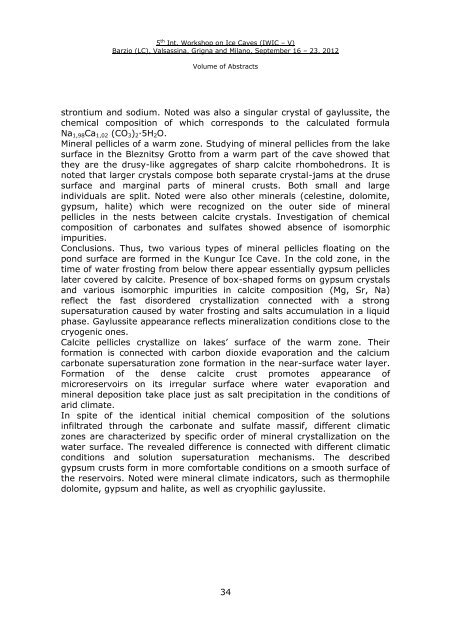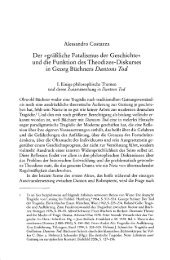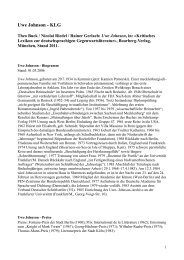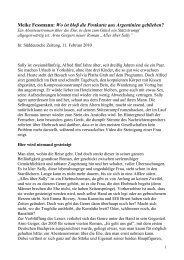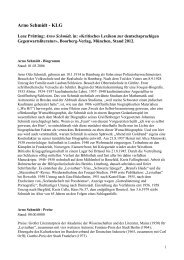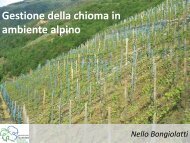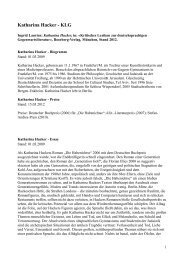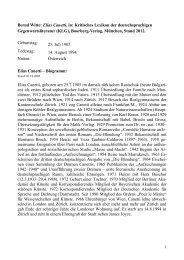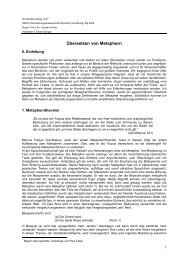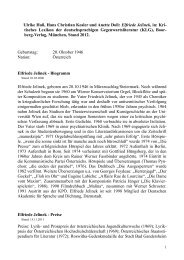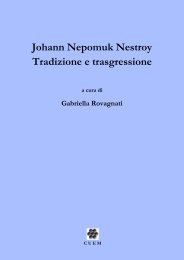Volume of Abstracts - Università degli Studi di Milano
Volume of Abstracts - Università degli Studi di Milano
Volume of Abstracts - Università degli Studi di Milano
Create successful ePaper yourself
Turn your PDF publications into a flip-book with our unique Google optimized e-Paper software.
5 th Int. Workshop on Ice Caves (IWIC – V)<br />
Barzio (LC), Valsassina, Grigna and <strong>Milano</strong>, September 16 – 23, 2012<br />
<strong>Volume</strong> <strong>of</strong> <strong>Abstracts</strong><br />
strontium and so<strong>di</strong>um. Noted was also a singular crystal <strong>of</strong> gaylussite, the<br />
chemical composition <strong>of</strong> which corresponds to the calculated formula<br />
Na1,98Ca1,02 (CO3)2∙5H2O.<br />
Mineral pellicles <strong>of</strong> a warm zone. Studying <strong>of</strong> mineral pellicles from the lake<br />
surface in the Bleznitsy Grotto from a warm part <strong>of</strong> the cave showed that<br />
they are the drusy-like aggregates <strong>of</strong> sharp calcite rhombohedrons. It is<br />
noted that larger crystals compose both separate crystal-jams at the druse<br />
surface and marginal parts <strong>of</strong> mineral crusts. Both small and large<br />
in<strong>di</strong>viduals are split. Noted were also other minerals (celestine, dolomite,<br />
gypsum, halite) which were recognized on the outer side <strong>of</strong> mineral<br />
pellicles in the nests between calcite crystals. Investigation <strong>of</strong> chemical<br />
composition <strong>of</strong> carbonates and sulfates showed absence <strong>of</strong> isomorphic<br />
impurities.<br />
Conclusions. Thus, two various types <strong>of</strong> mineral pellicles floating on the<br />
pond surface are formed in the Kungur Ice Cave. In the cold zone, in the<br />
time <strong>of</strong> water frosting from below there appear essentially gypsum pellicles<br />
later covered by calcite. Presence <strong>of</strong> box-shaped forms on gypsum crystals<br />
and various isomorphic impurities in calcite composition (Mg, Sr, Na)<br />
reflect the fast <strong>di</strong>sordered crystallization connected with a strong<br />
supersaturation caused by water frosting and salts accumulation in a liquid<br />
phase. Gaylussite appearance reflects mineralization con<strong>di</strong>tions close to the<br />
cryogenic ones.<br />
Calcite pellicles crystallize on lakes‟ surface <strong>of</strong> the warm zone. Their<br />
formation is connected with carbon <strong>di</strong>oxide evaporation and the calcium<br />
carbonate supersaturation zone formation in the near-surface water layer.<br />
Formation <strong>of</strong> the dense calcite crust promotes appearance <strong>of</strong><br />
microreservoirs on its irregular surface where water evaporation and<br />
mineral deposition take place just as salt precipitation in the con<strong>di</strong>tions <strong>of</strong><br />
arid climate.<br />
In spite <strong>of</strong> the identical initial chemical composition <strong>of</strong> the solutions<br />
infiltrated through the carbonate and sulfate massif, <strong>di</strong>fferent climatic<br />
zones are characterized by specific order <strong>of</strong> mineral crystallization on the<br />
water surface. The revealed <strong>di</strong>fference is connected with <strong>di</strong>fferent climatic<br />
con<strong>di</strong>tions and solution supersaturation mechanisms. The described<br />
gypsum crusts form in more comfortable con<strong>di</strong>tions on a smooth surface <strong>of</strong><br />
the reservoirs. Noted were mineral climate in<strong>di</strong>cators, such as thermophile<br />
dolomite, gypsum and halite, as well as cryophilic gaylussite.<br />
34


